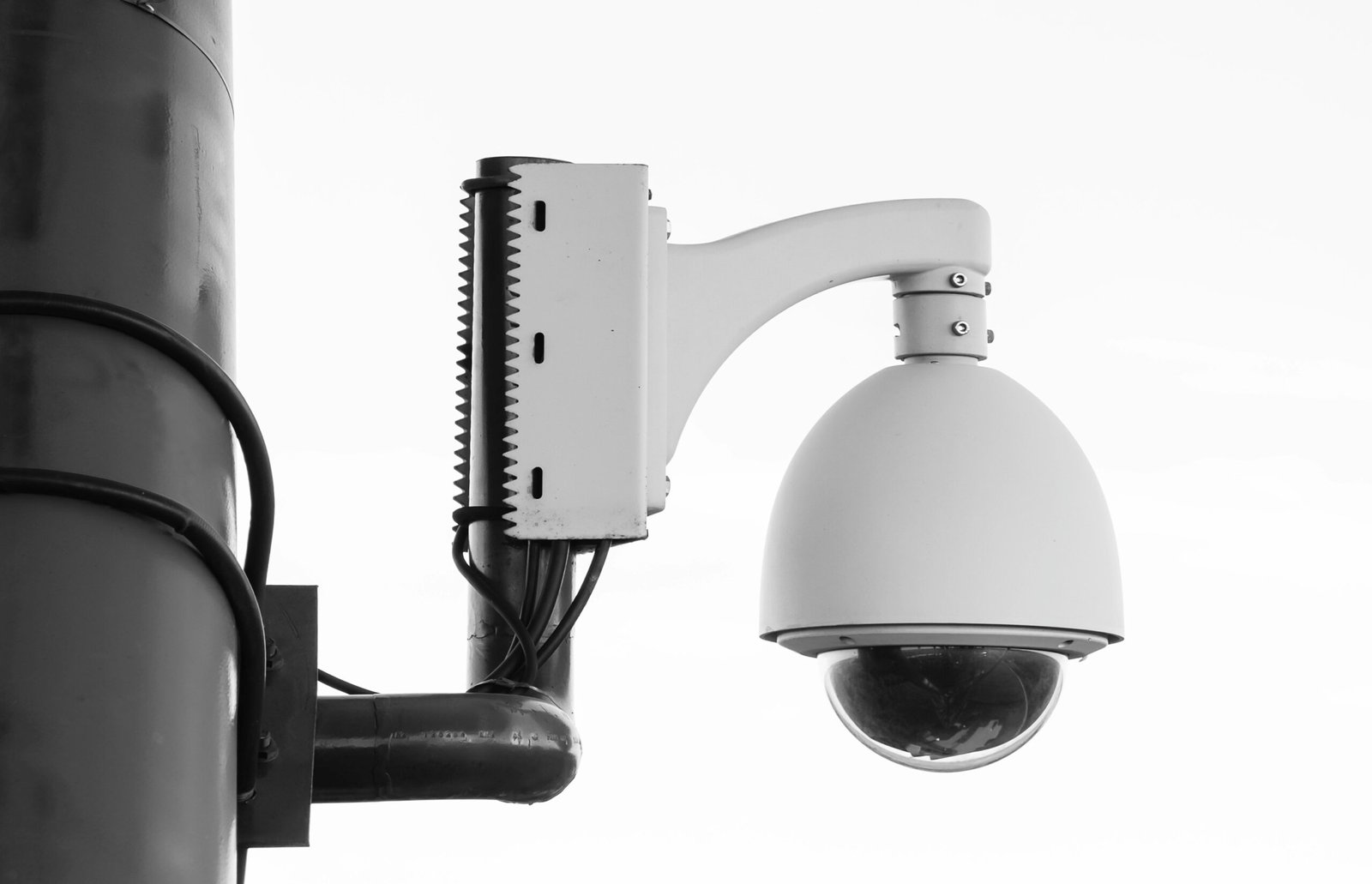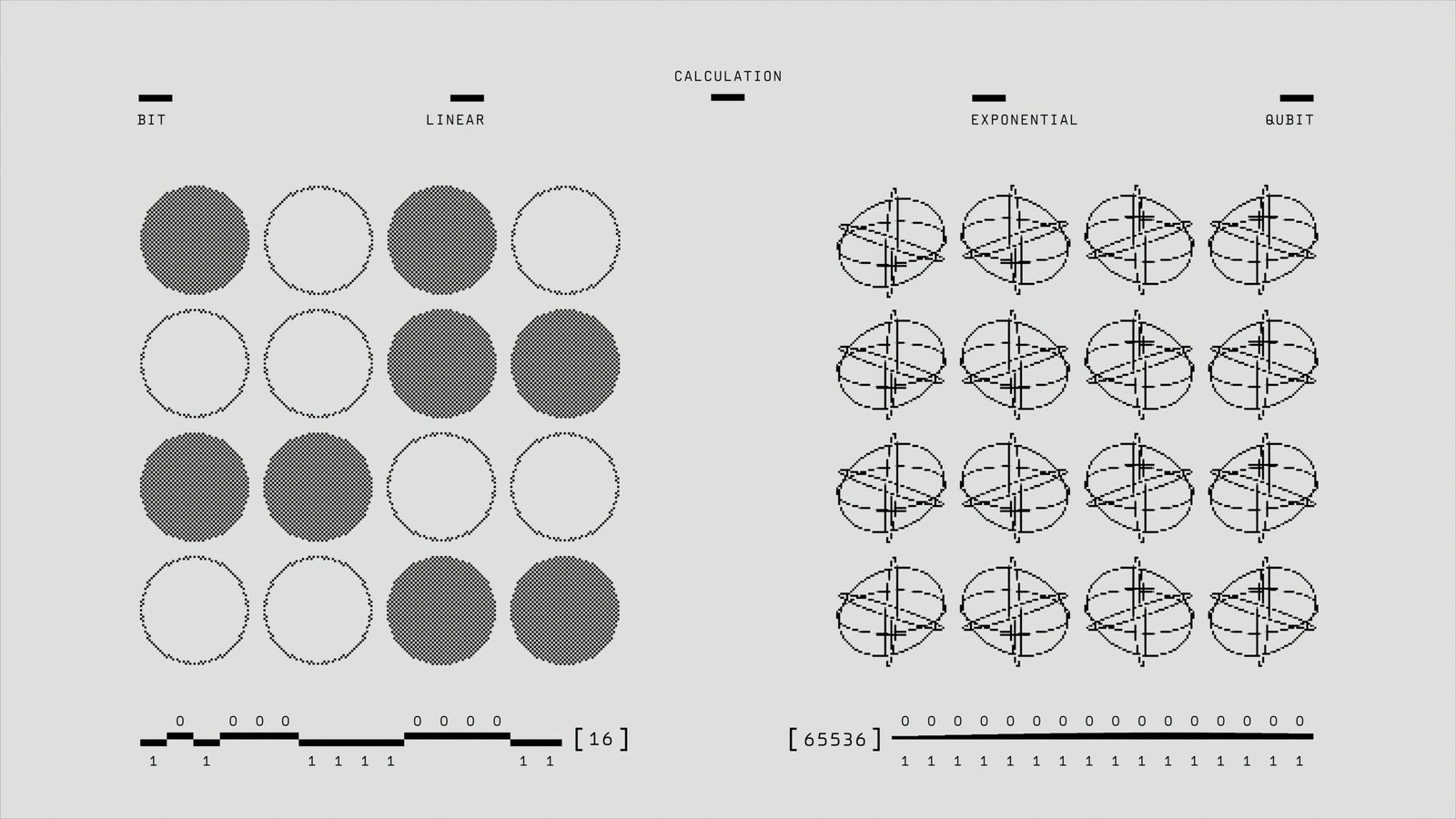
Introduction to Energy Storage
Energy storage plays a crucial role in the modern energy landscape, increasingly driven by the urgent need to address sustainability and environmental concerns. The growing demand for renewable energy sources like solar and wind, which are inherently intermittent, underscores the significance of efficient energy storage solutions. These renewable sources are dependent on weather conditions and time of the day, leading to fluctuating energy production that must be managed effectively to ensure a reliable and consistent energy supply.
The role of energy storage extends beyond merely supporting renewable energies; it is indispensable for maintaining grid stability and reliability. By storing excess energy produced during periods of low demand and releasing it during peak times, energy storage systems alleviate pressure on the grid, thereby enhancing its stability. Furthermore, such systems contribute to reducing carbon emissions by allowing for a greater integration of clean energy into the grid, minimizing reliance on fossil fuels.
Energy storage also enhances energy security by providing a buffer against supply disruptions and grid failures. Diverse forms of energy storage can mitigate risks associated with energy shortages, fluctuating fuel prices, and other potential threats. This capability ensures a steady and resilient energy infrastructure that can adapt to varying demands and external conditions.
There are various types of energy storage systems, each with unique characteristics and applications. Traditional battery technologies, such as lithium-ion and lead-acid batteries, have been widely adopted and continue to evolve. However, emerging technologies, including solid-state batteries, flow batteries, and mechanical storage systems like flywheels and pumped hydro, present new opportunities for more efficient and sustainable storage solutions. As we delve deeper into this blog post, we will explore both these established and innovative energy storage systems, shedding light on their potential to transform the energy landscape.
Types of Battery Storage Technologies
The realm of energy storage technologies has expanded remarkably, with several types of battery storage technologies now available. This section explores these technologies, focusing on lead-acid, lithium-ion, and flow batteries, while highlighting their working principles, advantages, and limitations.
Lead-Acid Batteries: Invented in 1859, lead-acid batteries are among the oldest and most established forms of rechargeable battery technology. These batteries function by converting chemical energy into electrical energy through the reaction of lead and sulfuric acid. Despite their modest energy density, lead-acid batteries are favored for reliability and cost-effectiveness. They find extensive use in applications such as automotive starters, off-grid energy systems, and emergency power supplies. However, their weight, limited lifespan, and environmental concerns related to lead make them less ideal for modern lightweight, high-efficiency needs.
Lithium-Ion Batteries: Lithium-ion batteries have revolutionized the energy storage landscape since their commercial introduction in the early 1990s. These batteries operate based on the movement of lithium ions between the anode and cathode, providing high energy density and efficiency. They are widely utilized in portable electronics, electric vehicles, and increasingly in renewable energy grid storage. The advantages of lithium-ion batteries include quick charging times, long lifespan, and relatively low self-discharge rates. However, their production involves the use of scarce and expensive materials, leading to higher costs and potential supply chain vulnerabilities.
Flow Batteries: Representing a unique approach to energy storage, flow batteries use liquid electrolyte solutions stored in external tanks, which flow through the cell stack where energy conversion occurs. This design allows for scalable energy capacity, making flow batteries particularly suited for large-scale grid storage applications. Vanadium redox flow batteries are notable for their long cycle life and the ability to rapidly discharge and recharge. Although they are more expensive upfront compared to other battery types, their scalability and longevity offer promising solutions for renewable energy integration and grid stabilization.
The field of battery technology continues to evolve with key advancements such as increased energy density, improved charging times, and extended lifespans. Ongoing research focuses on reducing costs and addressing material sustainability concerns, paving the way for more efficient and environmentally friendly energy storage systems.
Innovative and Emerging Energy Storage Solutions
As the demand for renewable energy sources escalates, the need for effective energy storage solutions becomes increasingly crucial. While traditional batteries have been the primary focus, several innovative and emerging technologies are making their mark in the energy storage landscape.
Superconducting Magnetic Energy Storage (SMES) systems are a groundbreaking technology that store energy in the magnetic field created by the flow of direct current in a superconducting coil, which has been cooled to cryogenic temperatures. SMES offers rapid response times and high efficiency, making them particularly suitable for stabilizing power grids and managing short-term energy imbalances. However, the high costs associated with cryogenic cooling and the materials required pose significant challenges to widespread adoption.
Another promising technology is flywheel energy storage, which stores energy in the form of rotational kinetic energy using a high-speed rotor. Flywheels provide a reliable, long-lasting solution with a quick discharge and recharge cycle, making them ideal for frequency regulation and load leveling. Though flywheels are durable and require minimal maintenance, their energy density is lower compared to chemical batteries, which limits their usage to applications needing short-duration energy storage.
Thermal energy storage (TES) offers an alternative by storing energy in the form of heat. It can be deployed in various forms, such as sensible heat storage (using materials like water or molten salts), latent heat storage (through phase change materials), and thermochemical storage. TES is an excellent option for integrating solar power, as it can store excess heat generated during the day for use during the night. Despite its potential, TES faces challenges such as thermal losses over time and the needs for advanced materials and systems for maximum efficiency.
Finally, pumped hydro storage (PHS) is a well-established technology that stores energy by moving water between two reservoirs at different elevations. When excess electricity is available, it pumps water to the upper reservoir; when demand rises, water is released to flow back down through turbines, generating electricity. PHS is characterized by its large-scale storage capacity and long lifecycle. However, this method is highly dependent on geographic location and requires significant capital investment, which limits its feasibility.
Real-world implementations of these technologies demonstrate their viability. For instance, the Araucaria and Copiapó plants in Chile utilize molten salt TES to enhance the efficiency and reliability of solar power generation. Flywheel storage systems are employed by the Beacon Power in the United States for grid frequency regulation, proving the technology’s practicality. Similarly, Europe’s EU-funded project “HydroFlex” is exploring advanced PHS solutions to optimize renewable energy use.
These emerging energy storage solutions present exciting opportunities for enhancing the integration of renewable energy into our power systems. Each technology comes with its own set of benefits and challenges, but together, they offer a holistic approach to advancing global energy resilience.
Future Trends and Impact on Sustainability
The future of energy storage solutions is poised for remarkable innovation, driven by advancements in technology and engineering. One of the most promising developments in this field is the emergence of solid-state batteries. Unlike traditional lithium-ion batteries, solid-state batteries utilize a solid electrolyte, which enhances energy density, safety, and overall performance. This breakthrough technology could significantly extend the range and efficiency of electric vehicles and storage systems, offering a substantial leap forward in energy storage capabilities.
Advanced materials are also playing a crucial role in the evolution of energy storage technologies. Novel materials such as graphene, silicon anodes, and transition metal oxides are being explored for their potential to increase the capacity and lifespans of batteries. These materials promise to reduce weight and cost while improving the overall efficiency of energy storage systems, making them more viable for widespread use in various sectors ranging from residential energy storage to large-scale grid applications.
Another trend reshaping the energy storage landscape is the integration of artificial intelligence (AI) and machine learning algorithms. AI-driven systems can optimize energy storage operations by predicting demand, managing charge cycles, and enhancing energy distribution efficiency. This intelligent approach not only maximizes the lifespan and productivity of energy storage units but also aligns supply with real-time demand, contributing to a more stable and resilient energy grid.
The ripple effects of these technological advancements extend beyond improved energy storage performance; they are integral to the broader adoption of renewable energy sources. By enhancing the reliability and efficiency of storing wind and solar power, these innovations facilitate a greater penetration of renewables into the global energy mix. This alignment with sustainability goals is further underscored by the positive environmental implications — reduced dependency on fossil fuels translates into lower greenhouse gas emissions and a smaller carbon footprint.
Nevertheless, the successful deployment of next-generation energy storage technologies hinges on supportive policy and regulatory frameworks. Governments and regulatory bodies must adopt forward-thinking policies that incentivize research, development, and the implementation of advanced energy storage systems. Such initiatives could include funding for innovation, subsidies for adoption, and the establishment of standards for safety and performance.
In conclusion, the evolution of energy storage technologies is not merely a technical challenge but a pivotal component of a sustainable future. By harnessing cutting-edge advancements like solid-state batteries, advanced materials, and AI integration, we can foster a more efficient and resilient energy ecosystem. These strides, supported by thoughtful policies, hold the promise of substantial societal and environmental benefits, ultimately driving progress towards global sustainability goals.










